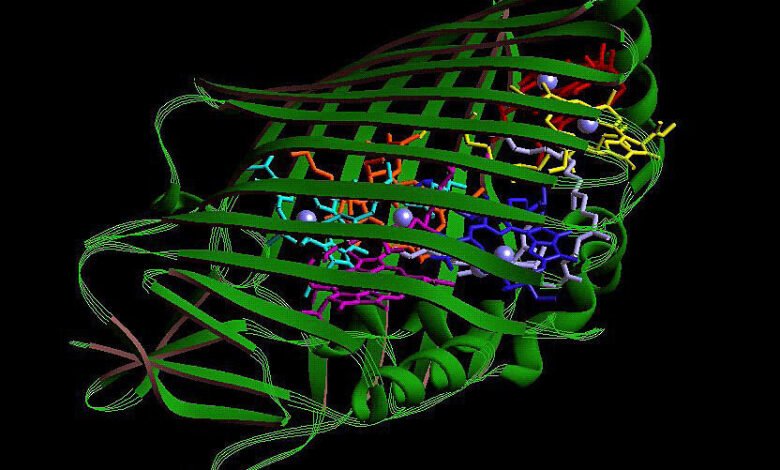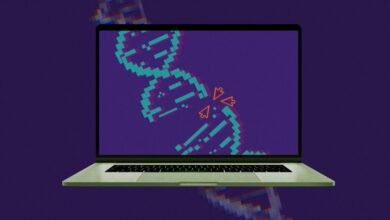AI-Designed Proteins: A Stealth Threat to Biosecurity

▼ Summary
– Microsoft researchers discovered a “biological zero-day” vulnerability in DNA screening systems that protect against biological threats.
– The vulnerability involves these systems potentially missing AI-designed toxins when scanning DNA sequence orders.
– Current biosurveillance screens DNA orders for sequences encoding known dangerous proteins or viruses and flags them for human review.
– Screening methods have evolved from simple DNA sequence matching to recognizing all DNA variants that encode identical threatening proteins.
– This system update was necessary because multiple DNA sequences can produce the same protein, requiring more sophisticated detection algorithms.
The emergence of AI-designed proteins represents a significant and growing challenge to global biosecurity frameworks. Researchers from Microsoft recently identified what they describe as a biological “zero-day” vulnerability—a previously unknown weakness in the protective systems that monitor and prevent the synthesis of hazardous biological agents. This system, which screens commercial DNA synthesis orders for sequences encoding known toxins or viruses, may now be circumvented by novel, artificially generated toxic proteins that do not match any existing threat database.
To grasp the scale of this risk, it helps to understand both how current biosurveillance operates and the rapid advances in computational protein design. Biological dangers can appear in multiple forms, from live pathogens like bacteria and viruses to protein-based toxins such as ricin, or chemical agents produced by enzymatic activity. What they share is a common origin in genetic instructions: DNA is first transcribed into RNA, which then directs the assembly of proteins.
For many years, obtaining custom DNA has been straightforward—numerous companies accept online orders, produce the specified sequences, and ship them to customers. In response to the obvious risks, government and industry partners established screening protocols for every synthesis request. Each sequence is scanned against a database of known hazardous agents. If a match or close resemblance is detected, the order is flagged for expert review to determine whether it poses a genuine threat.
Over time, both the list of monitored agents and the scanning technology have evolved. Early screening relied heavily on direct DNA sequence similarity. However, because many different DNA sequences can encode the same protein, algorithms were refined to recognize all possible genetic variants that produce identical harmful molecules.
(Source: Ars Technica)
